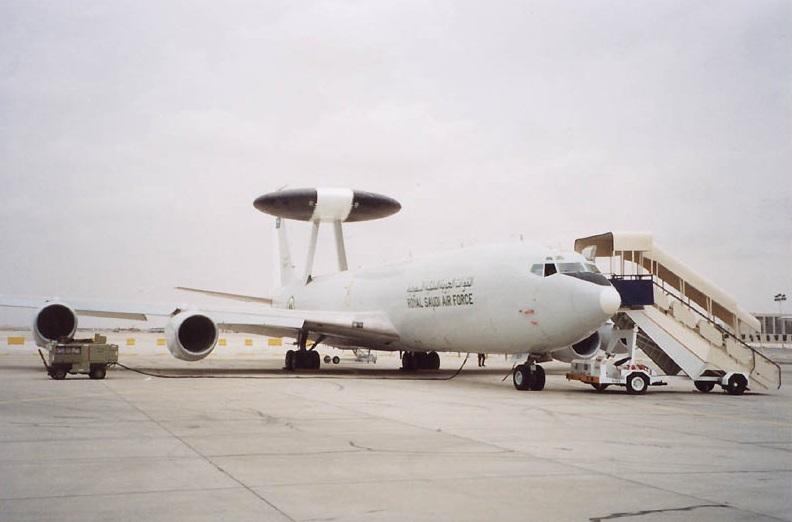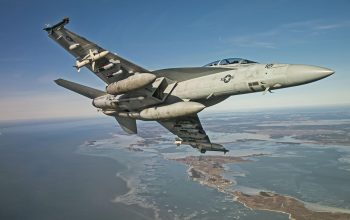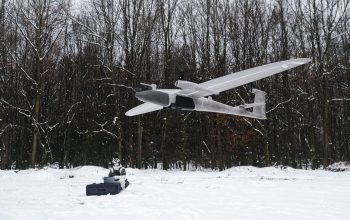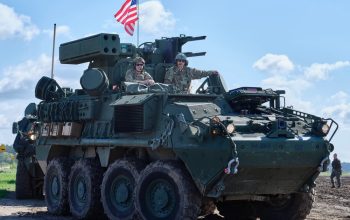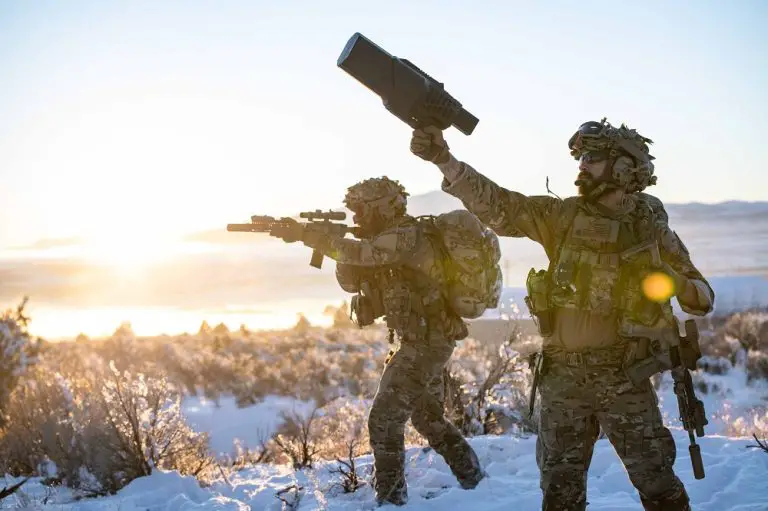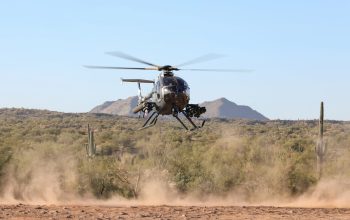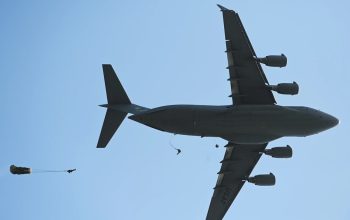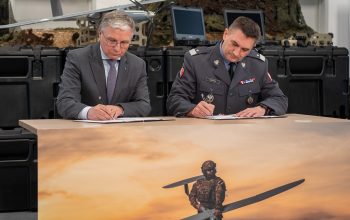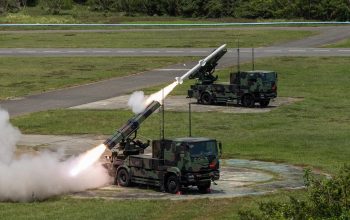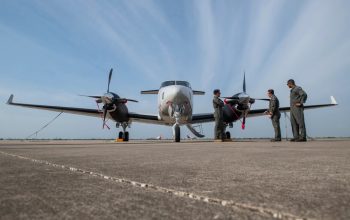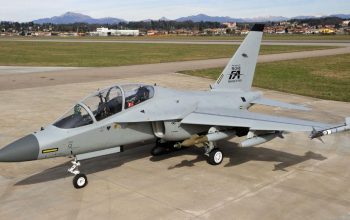The Boeing Co., Oklahoma City, Oklahoma, has been awarded a $397,921,549 firm-fixed-price contract for the Royal Saudi Air Force (RSAF) E-3A Sentry Airborne Warning and Control System (AWACS) Modernization Program, Phase 2. This contract provides for production, training and installation and checkout, to keep the RSAF E-3 AWACS fleet interoperable with the U.S. Air Force and functionally viable through its expected end of life in 2040. Work is expected to be completed by Feb. 21, 2026. This contract involves 100% Foreign Military Sales (FMS) to the Kingdom of Saudi Arabia. This award is the result of a sole-source acquisition. FMS funds for $397,921,549 are being obligated at the time of the award. U.S. Air Force Life Cycle Management Center, Hanscom Air Force Base, Massachusetts, is the contracting activity.
The Royal Saudi Air Force purchased five Boeing E-3A Sentry aircraft in 1983. About 2004, modifications began to convert at least a KE-3A tanker into a RE-3 electronic intelligence-gathering aircraft. The Boeing E-3 Sentry is an American airborne early warning and control (AEW&C) aircraft developed by Boeing. E-3As are commonly known as AWACS (Airborne Warning and Control System). Derived from the Boeing 707 airliner, it provides all-weather surveillance, command, control, and communications, and is used by the United States Air Force, NATO, French Air and Space Force, and Royal Saudi Air Force. The E-3 is distinguished by the distinctive rotating radar dome (rotodome) above the fuselage. Production ended in 1992 after 68 aircraft had been built. The first USAF E-3 was delivered in March 1977, and during the next seven years, a total of 34 aircraft were manufactured. E-3s were also purchased by NATO (18), the United Kingdom (7), France (4), and Saudi Arabia (5).

The E-3 Sentry’s airframe is a modified Boeing 707-320B Advanced model. Modifications include a rotating radar dome (rotodome), uprated hydraulics from 241 to 345 bar (3500–5000 PSI) to drive the rotodome,[17] single-point ground refueling, air refueling, and a bail-out tunnel or chute. A second bail-out chute was deleted to cut mounting costs. USAF and NATO E-3s have an unrefueled range of 7,400 km (4,600 mi) or 8 hours of flying.[19] The newer E-3 versions bought by France, Saudi Arabia, and the UK are equipped with newer CFM56-2 turbofan engines, and these can fly for about 11 hours or more than 9,250 km (5,750 mi). The Sentry’s range and on-station time can be increased through air-to-air refueling and the crews can work in shifts by the use of an on-board crew rest and meals area. The aircraft is equipped with one toilet in the rear, and one behind the cockpit. Saudi E-3s were delivered with an additional toilet in the rear.
When deployed, the E-3 monitors an assigned area of the battlefield and provides information for commanders of air operations to gain and maintain control of the battle; while as an air defense asset, E-3s can detect, identify, and track airborne enemy forces far from the boundaries of the U.S. or NATO countries and can direct interceptor aircraft to these targets. In support of air-to-ground operations, the E-3 can provide direct information needed for interdiction, reconnaissance, airlift, and close-air support for friendly ground forces. The rotodome uses bleed air, outside cooling doors, and fluorocarbon-based cold plate cooling to maintain the electronic and mechanical equipment temperatures. The hydraulically rotated antenna system permits the AN/APY-1 and AN/APY-2 passive electronically scanned array radar system to provide surveillance from the Earth’s surface up into the stratosphere, over land or water.


